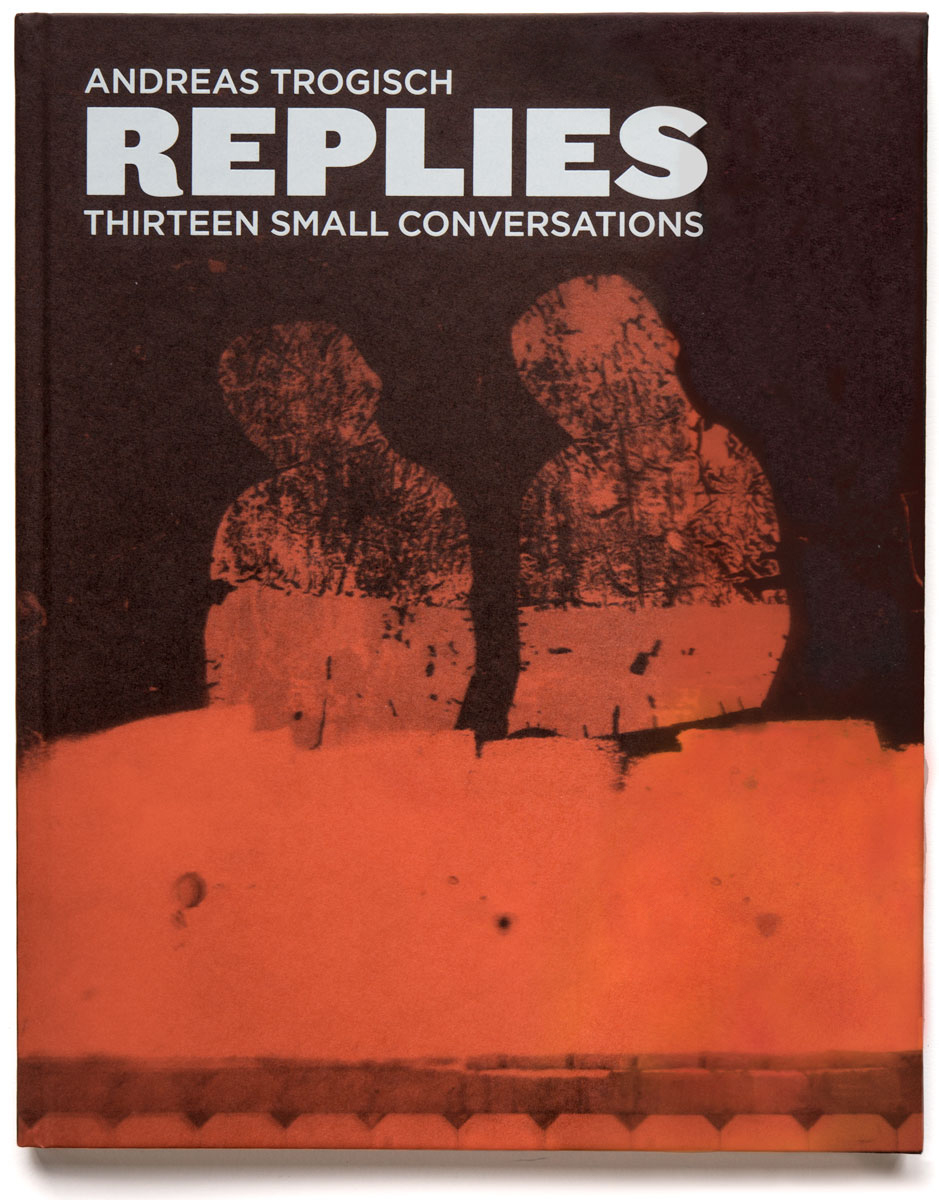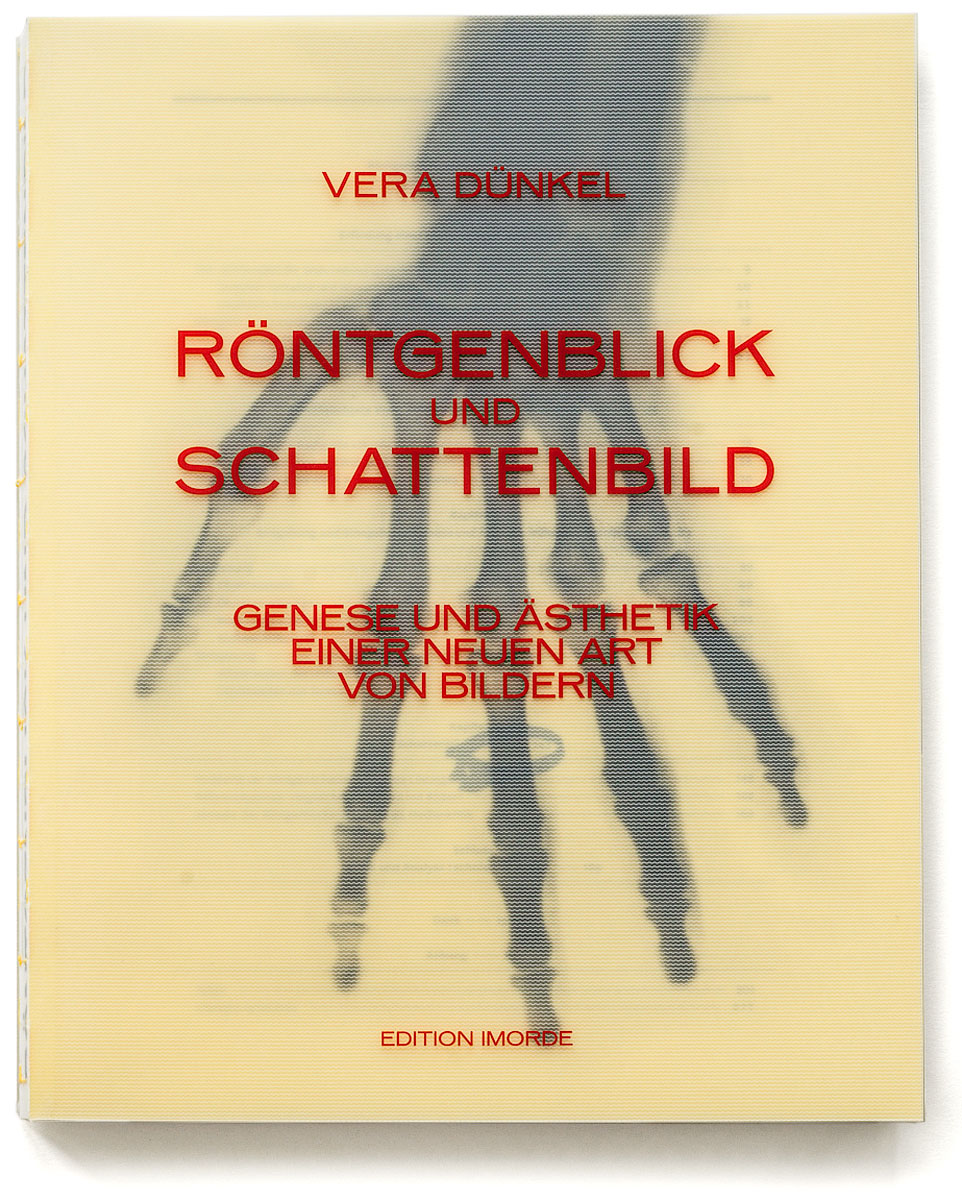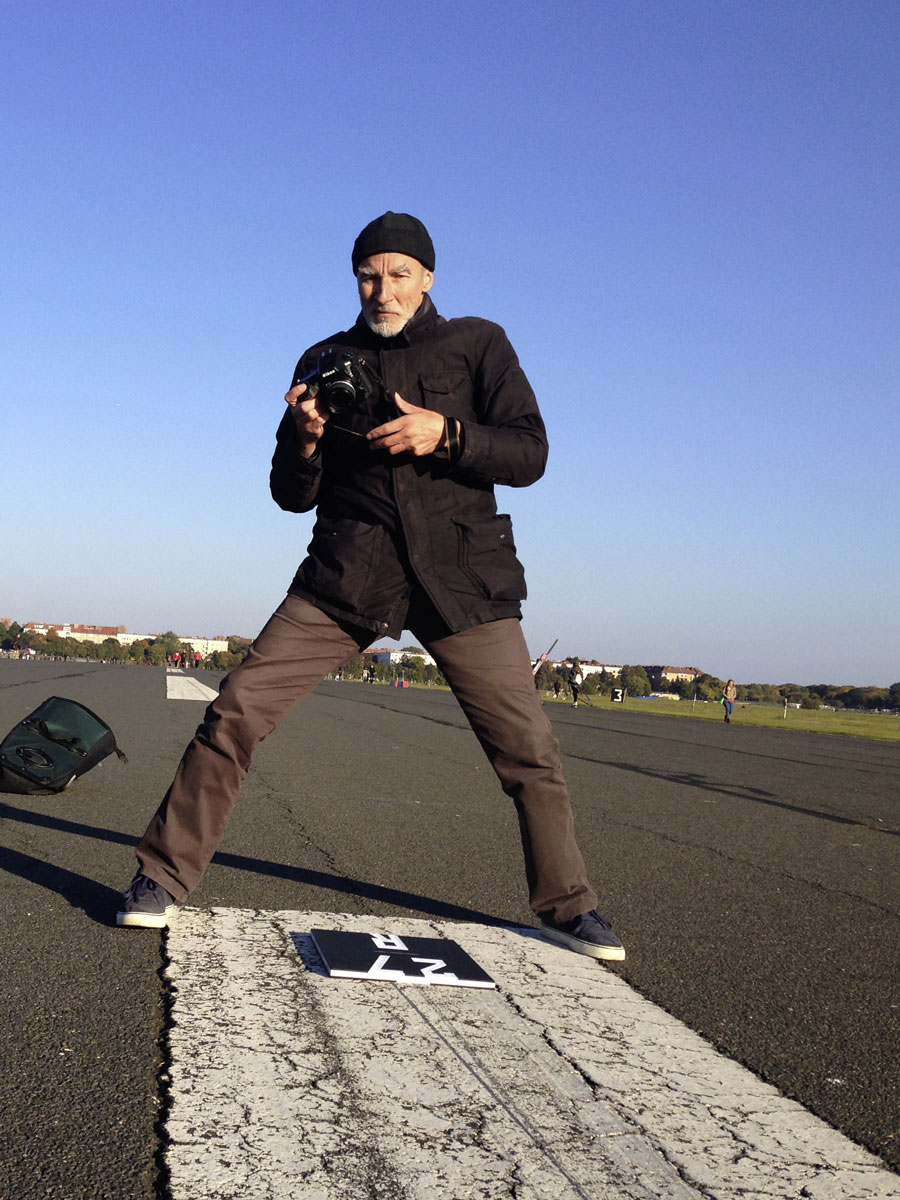Biography
1959 born in Riesa/Elbe
1978 high school diploma, Runge-Gymnasium Oranienburg
1984–1989 graphic design and photography studies at the FWG Berlin-Schöneweide with Manfred Paul
1989 degree, exhibition designer
since 1989 work as a graphic designer and photographer
since 2010 publication of his own photo catalogues
2014 admission into the Deutsche Fotografische Akademie
Lives and works as a graphic designer and photographer in Berlin
photo[at]andreastrogisch.de
Exhibition (selection)
2021 «Eight Days A Week», Galerie Franzkowiak, Berlin
2019 «Von Ferne. Bilder zur DDR», Museum Villa Stuck, Munich
2018 «Runway», Galerie Franzkowiak, Berlin
2018 Triennale der Fotografie, Deichtorhallen, Hamburg
2017 «Lebensszenen II», Galerie Franzkowiak, Berlin
2017 «Scenes de vie», Fotohaus ParisBerlin, Arles
2016 «Vineta», Galerie im Tempelhof-Museum, Berlin
2016 «Bis Jetzt», Forum für Fotografie, Köln
2015 «City Shapes» (with Phillip Jones), Anzenberger Gallery, Vienna
2015 «A Decade of Publishing», Forum für Fotografie, Cologne
Published works
2021 «Eight Days A Week», Kerber
2016 «Vineta», Peperoni Books
2015 «Aphasia» and «Runway»
2014 «Replies»
2011 «Technik», «Mercedes», «Asphalt», «Desiderata»
2010 «Von Ferne», «Magico»
I have been working as a graphic designer and photographer since the late 80s, most of the time in designer groups such as Grappa Design or Blotto, which I was involved in founding. Despite the fact that I have always worked in all areas of graphic design, for the first 20 years there was a focus on poster design, which later shifted to book design. This has been very helpful to me in the last 10 when designing my own and other people’s photo books.
My understanding of design is derived from the fundamental knowledge that we have about visual perception and thus connects directly to the basic design course.In the vast majority of cases, graphic design is the combination of various visual components – fonts, images and geometric shapes.The regularities that can be observed in these designs are the same that also determine the internal structure of images. The same phenomena occur here as there: contrasts, groupings, foreground and background, associations, optical illusions.The fact that this is not always immediately visible is due to the additional dimension of legibility, which is often placed in front of the fundamental perceptual phenomena, a similar “disturbing” property as the representational recognizability of photographs.




© Andreas Trogisch


